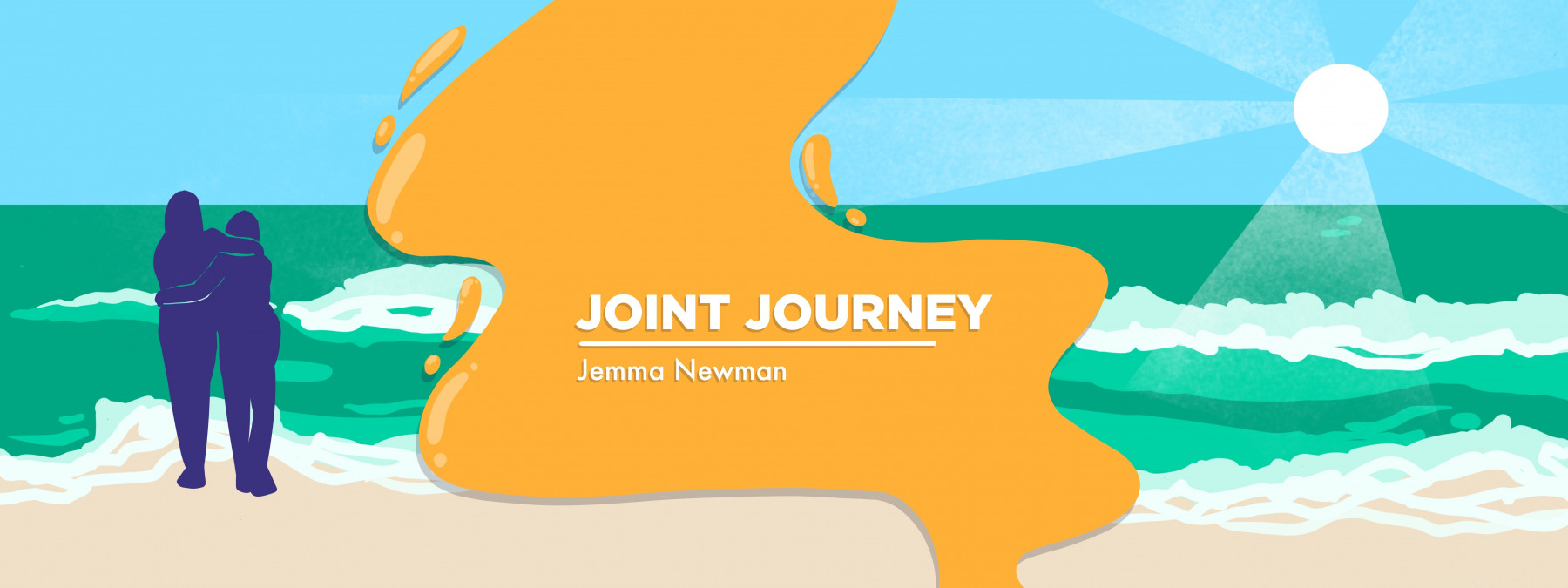2 sisters with the same disease, but different medical journeys
They share biology, but not a similar ankylosing spondylitis diagnosis story

It helps when someone understands what it’s like to live with ankylosing spondylitis (AS). My only sister, Angie Lole, and I live on different sides of the world (she’s in the U.S., and I’m in Australia), but we have something that links us closely: We’ve both been diagnosed with AS.
As close sisters, we share more than happy memories of camping as children or laughing together as teenagers watching “Sex and the City” on the sofa. We also share the same wonderful parents, as well as an unfortunate family history of AS.
I thought it’d be interesting to interview Angie because although we were both diagnosed in our 30s, we have different symptoms and disease management strategies. I experience spine, rib, and sacroiliac pain, which I currently treat with diet and NSAIDs. Angie has more issues with her peripheral joints and entheses (where tendons, ligaments, and joint capsules connect to bones), which she’s managing with biologics.
I also test positive for the HLA-B27 gene, which is strongly associated with AS, while Angie tests negative for it. This difference is significant because people who test negative may face a battle to get properly diagnosed, as Angie experienced.
I’m grateful to my sister for sharing her story with me via video call. Following is our conversation, with light editing for clarity.
JN: Angie, was it difficult to get diagnosed with AS?
AL: Getting diagnosed was really complicated and took years of pain. In fact, the first doctor I saw ridiculed me for thinking I had AS because my HLA-B27 gene test came back negative. I said to him, “My uncle has it. My mother has it. My brother has it. Are you sure?”
Based on that test result he misdiagnosed me, and unfortunately, I didn’t question it. So my pain spiraled out of control for years and years.
I saw lots of different doctors, I had lots of MRIs, and what seemed like thousands of X-rays. They checked my lumbar vertebrae, sacroiliac joints, knees, ankles, and then my feet. I couldn’t even walk at that point, or dress myself, because I was in so much agony. That initial misdiagnosis set my recovery back by years.
The other problem is that AS can present differently for males and females, and I had mostly peripheral joint or enthesitis issues. Doctors were looking at my spine scans and telling me, “You can’t have AS.” I was told I was imagining things, or I’m being a hypochondriac, or it’s hormonal problems. It was very demoralizing.
My husband saw that I was getting worse and worse, and he took me to see one last rheumatologist. She actually listened to me, which made all the difference. She diagnosed me with AS and explained that you might not need to test positive for the HLA-B27 gene when you meet other criteria.
What are the best ways you’ve found to manage your symptoms?
I had to get over my fear of biologics, and I’m on Humira [adalimumab] now. I decided that if I’m going to be alive, I want to be living. Without biologics, I was miserable and in constant pain. It wasn’t a life.
Before I was prescribed biologics, I trialed lots of other medication, but nothing helped. Even on Humira, it was a year before my symptoms improved. First, I noticed that I was sleeping without pain. My joints were improving. Before biologics, I’d often wear a robe because I couldn’t move my arms. It’s so nice to get dressed and even walk to the supermarket.
Another thing that helps is to stop being a people pleaser and put my health first. I’ve had to learn to say no to people, or let them know I might cancel at the last minute. I don’t like letting people down, but often my body needs rest or sleep as a priority.
What have been some challenges of living with AS?
Honestly, I feel like my identity was ripped away, and I really miss the old me. I always loved exercising, working hard, and seeing friends, and I find those things almost impossible now because I barely leave the house.
I always used exercise to manage my mood, and it’s the best antidepressant I’ve found, but I can’t do it anymore. I have to let exercise go because I just can’t keep trying and failing over and over again. Even the smallest workout can leave me in pain for weeks or months.
I also miss having things to be proud of and having big dreams. I’ve had to learn through frustrating, ongoing experience that because of my pain and fatigue, I often can’t make deadlines or meet friends. I’ve had to learn to become much more passive and nonstriving, which is honestly extremely difficult.
What advice would you give someone struggling with a diagnosis?
My advice is to take someone with you to advocate for you when you’re overwhelmed and in pain. It wasn’t until my husband started coming to my appointments and pushed back that I got any help. So many years of my life were wasted in agony, without a diagnosis and the right medication.
Note: Ankylosing Spondylitis News is strictly a news and information website about the disease. It does not provide medical advice, diagnosis, or treatment. This content is not intended to be a substitute for professional medical advice, diagnosis, or treatment. Always seek the advice of your physician or other qualified health provider with any questions you may have regarding a medical condition. Never disregard professional medical advice or delay in seeking it because of something you have read on this website. The opinions expressed in this column are not those of Ankylosing Spondylitis News or its parent company, Bionews, and are intended to spark discussion about issues pertaining to ankylosing spondylitis.








Leave a comment
Fill in the required fields to post. Your email address will not be published.